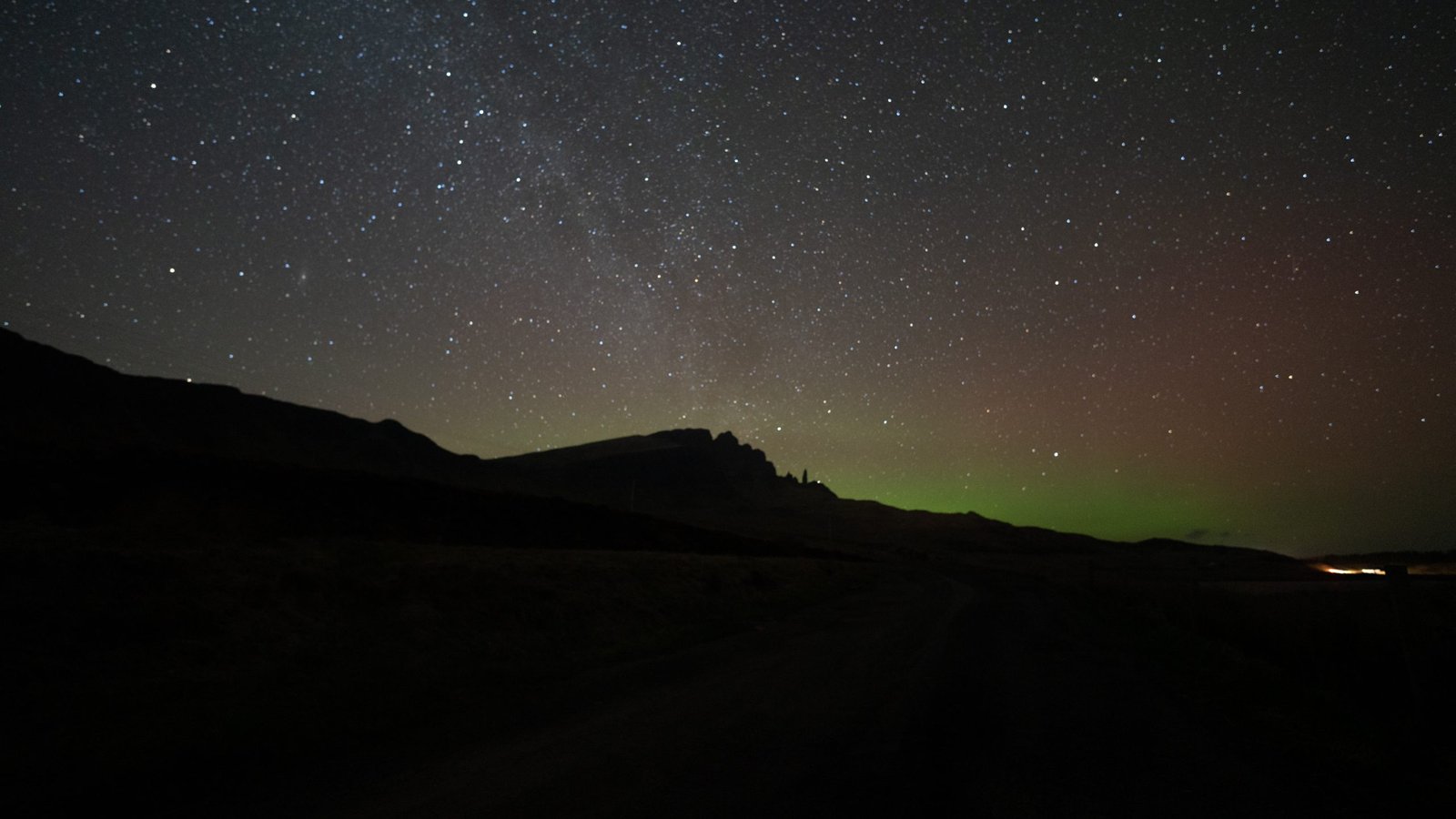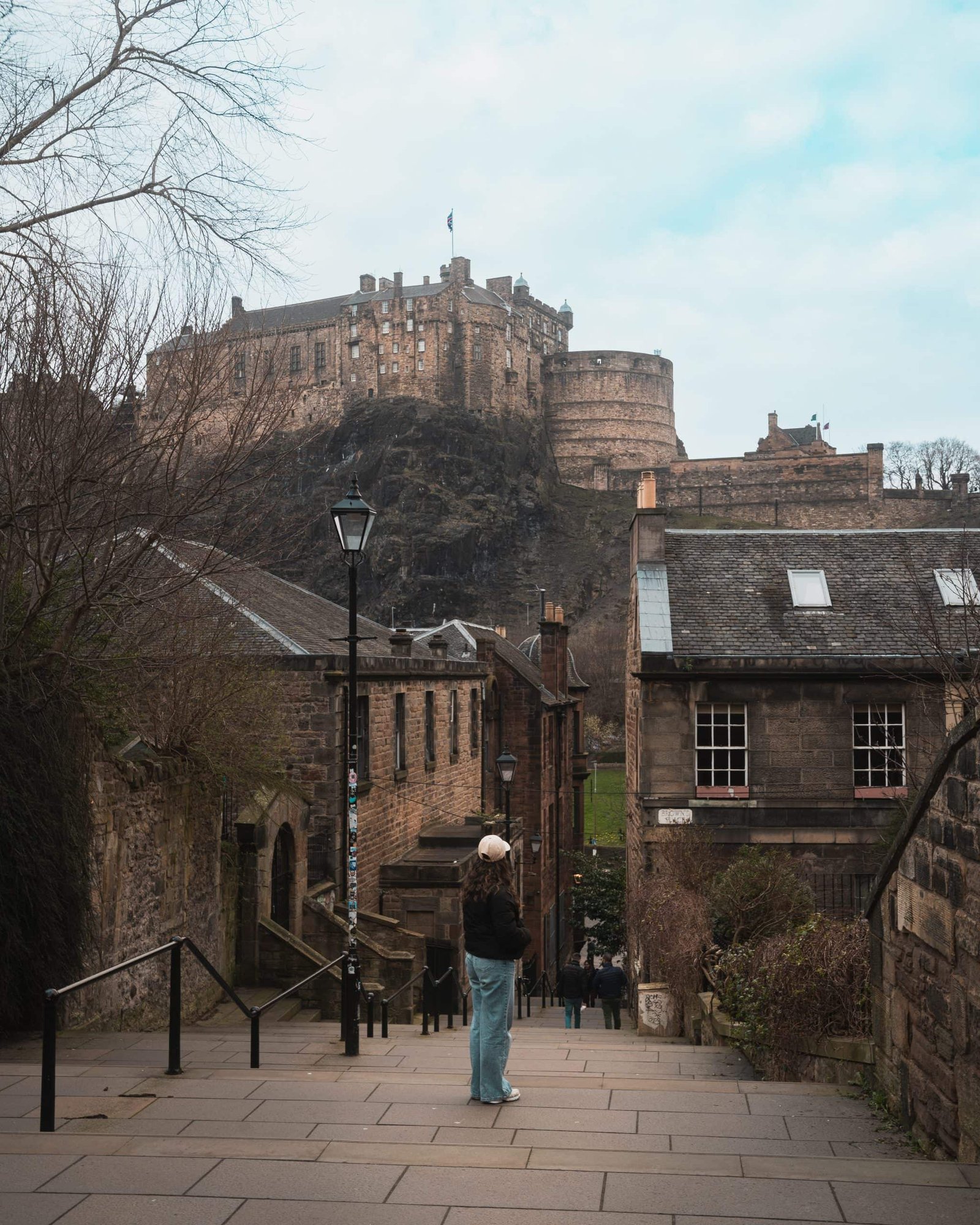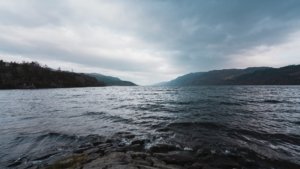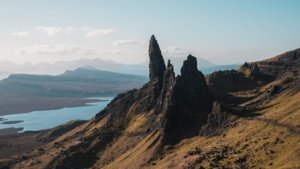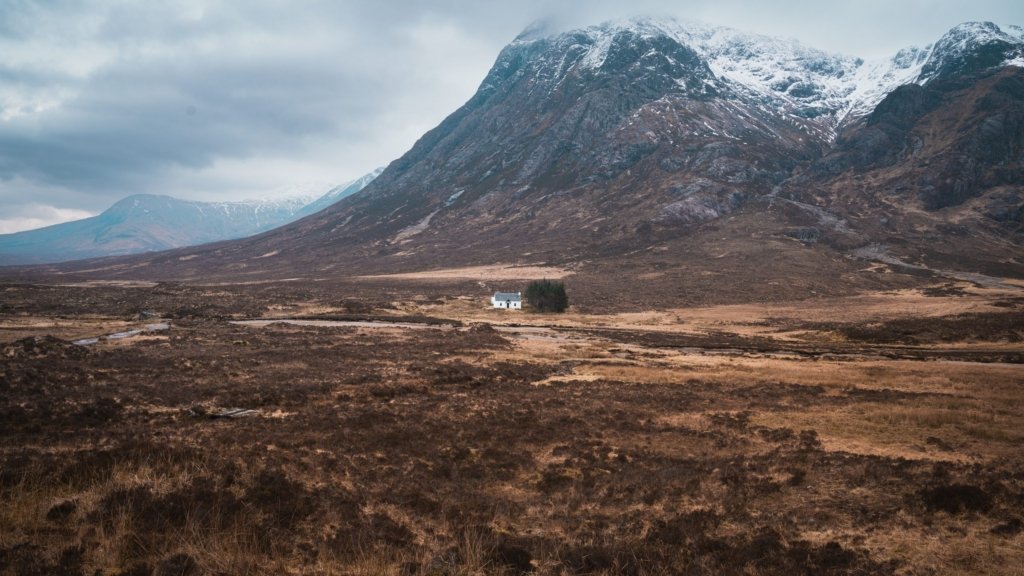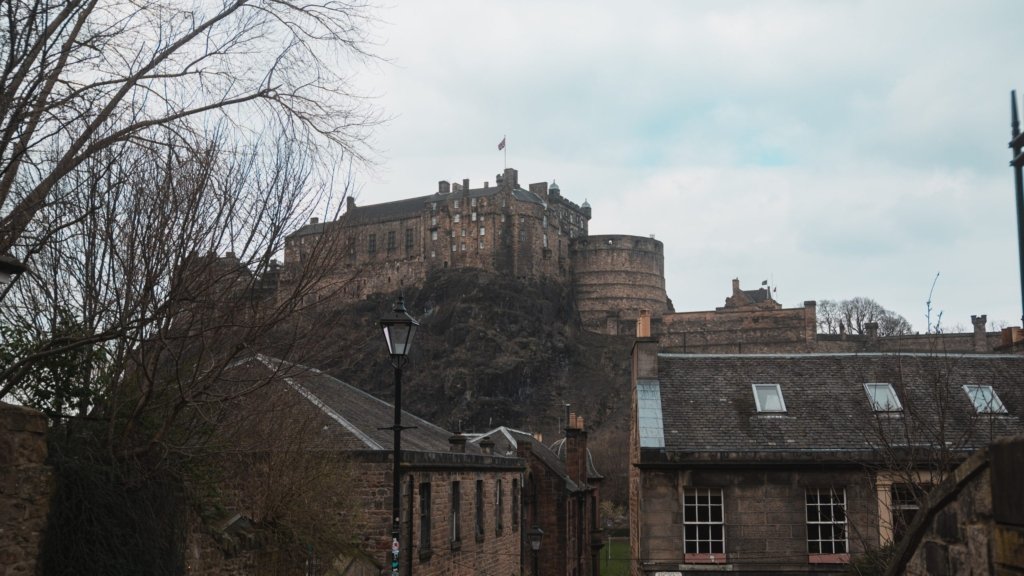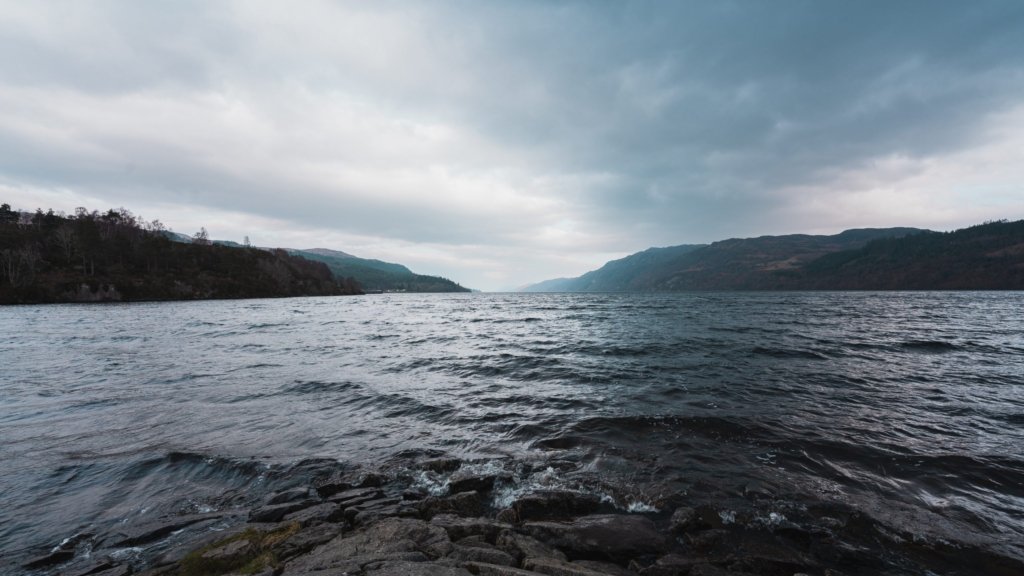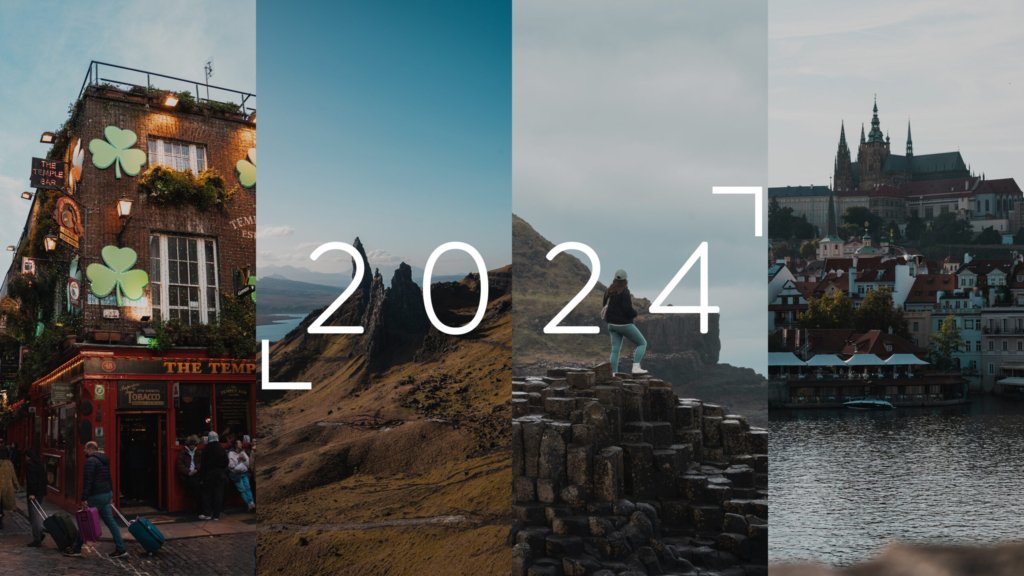Scotland, the land of highlands, deep lochs and bagpipes, attracts travellers with a unique blend of stunning natural beauty, vibrant culture and fascinating traditions. From the majestic mountains of the Highlands to the historic cities of Edinburgh and Glasgow, the country has something for everyone.
Location and geography
As an independent part of the United Kingdom, Scotland is located in the northern third of the island of Great Britain. It borders England to the south and covers an area of approximately 78,000 square kilometres. The country is known for its varied landscape, ranging from the Highlands in the north to the Lowlands in the south.
Seasons and climate
Scotland has a temperate maritime climate, known for its variability.
- Spring (March to May): Temperatures range from 8°C to 13°C. With the countryside in full bloom, this is an ideal time for nature walks.
- Summer (June to August): With average maximum temperatures of around 17°C, these are the warmest months of the year. The long days and late dusk provide plenty of time for outdoor activities.
- Autumn (September to November): Temperatures drop to between 7°C and 14°C. This time of year is particularly picturesque with the colourful autumn foliage.
- Winter (December to February): Temperatures range from 0°C to 5°C. The Highlands are a popular destination for winter sports enthusiasts as there is often snow.
The regions of Scotland
The country can be roughly divided into three main regions:
Highlands: The mountainous area in the north and west is renowned for its spectacular scenery, including Loch Ness and the Isle of Skye.
Central Lowlands: The heartland of Scotland is the economic and cultural centre of the country with the metropolises of Glasgow and Edinburgh.
Southern Uplands: The sparsely populated hills of the south offer many opportunities for outdoor activities such as walking and cycling.
Nature and landscape
Scotland is famous for its many lochs. The Highlands, on the other hand, boast rugged, unspoilt landscapes and vast upland moors that turn vibrant purple in late summer. They are home to a wide variety of wildlife including red deer, wildcats and eagles. Scotland’s rugged coastline stretches more than 6,000 miles, with spectacular cliffs, secluded beaches and picturesque coves. The many islands host unique ecosystems and habitats for seabirds, seals and even whales. Lovely sheep and highland cattle, often grazing in the open air, are characteristic of the Scottish landscape and contribute to the picturesque idyll.
Traditions
Scotland is famous for its vibrant and unique traditions, which are deeply rooted in the country’s history and culture.
Highland Games
These traditional sporting events are held in many towns and villages during the summer months. Events such as log tossing, hammer throwing and tug of war are held. The Highland Games are also a celebration of Scottish music and dance. There are bagpipe competitions and Highland dancing.
Tartan and kilts
Symbols of Scottish identity are the kilt, a traditional Scottish skirt, and the tartan that goes with it. Each clan has its own tartan, which is worn with pride on official occasions and to celebrate festivals.
Bagpipe music
The bagpipes, Scotland’s national instrument, play a central role in Scottish music. Bagpipers can often be heard at parades, weddings and other festive occasions.
Currency and finance
The pound sterling (£) is the official currency. Credit cards are accepted at most shops and restaurants. Cash machines are widely available. It is advisable to change some cash into pounds before departure, especially when travelling in rural areas.
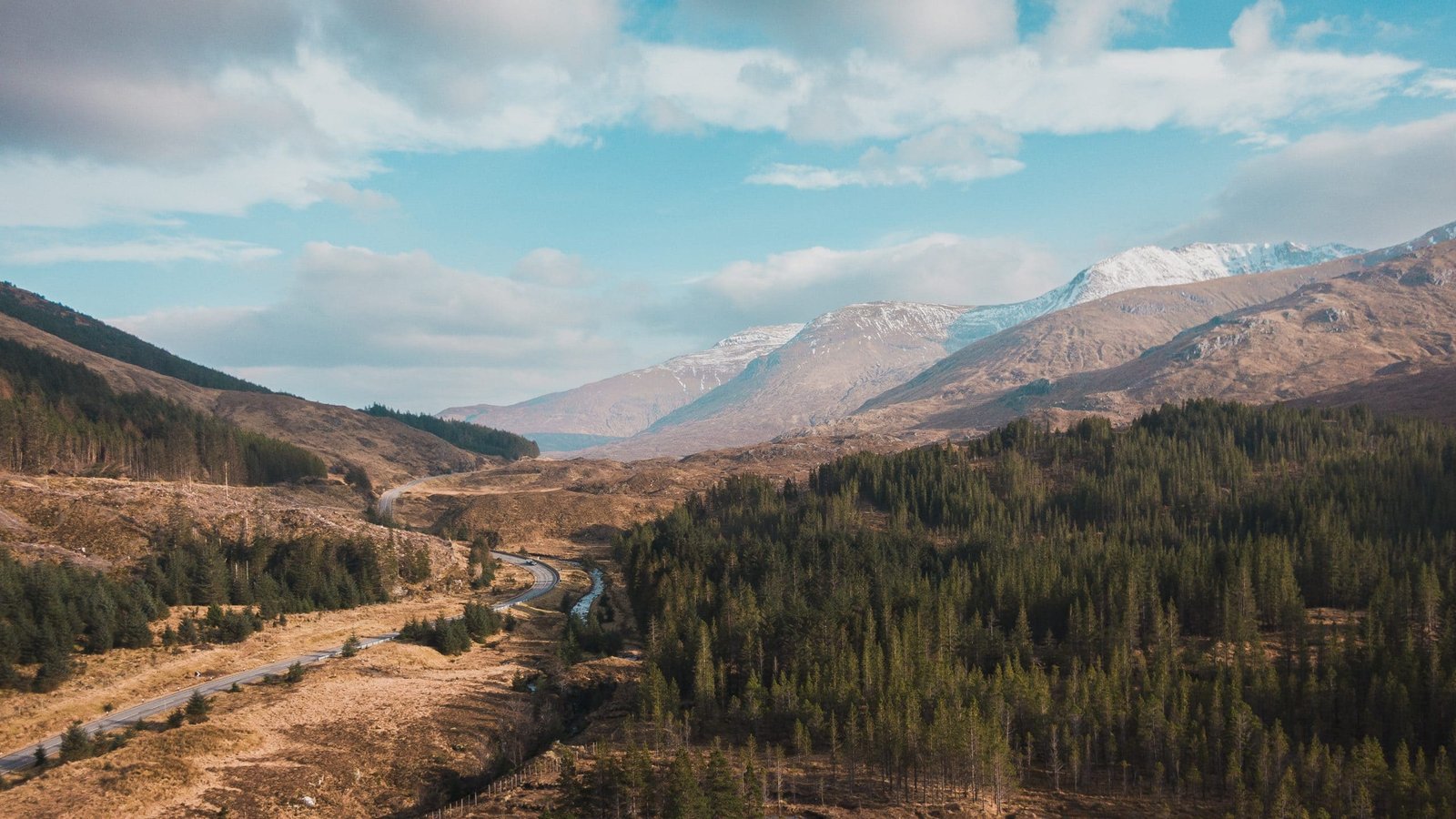
Top Spots
The country has many places of interest not to be missed:
Edinburgh: The capital of Scotland is known for its impressive Edinburgh Castle, which sits majestically atop an extinct volcano. The historic Royal Mile links the castle to Holyrood Palace and is packed with attractions, shops and pubs.
Glasgow: Scotland’s largest city, Glasgow is famous for its vibrant cultural scene and stunning Victorian architecture. Home to many museums, galleries and music venues, Glasgow is a centre for art and creativity.
Isle of Skye: The Isle of Skye is known for its breathtaking scenery and the Old Man of Storr, a striking rock formation. Other highlights include the Fairy Pools, crystal clear pools of water, and Fairy Glen, a fairytale landscape of green hills and bizarre rock formations. The Talisker Distillery offers an insight into the production of the famous Talisker Whisky and Neist Point, the westernmost point of the island, has an impressive lighthouse and cliffs.
Loch Ness: The legendary loch is world famous for the legend of the Loch Ness Monster, also known as Nessie. Visitors can learn more about the history and scientific exploration of the loch at the Loch Ness Centre & Exhibition.
The Highlands: This region in the north of Scotland is famous for its rugged landscape, majestic mountains and deep glens. The region is also rich in history and culture with many castles, battlefields and historic sites.
Stirling Castle: Stirling Castle, one of Scotland’s most important historic buildings, has played a pivotal role in Scottish history. It has been the scene of many battles and served as the residence of Scottish kings and queens.
Glencoe: This spectacular Highland valley is renowned for its dramatic scenery and tragic history. The Glencoe Massacre of 1692, in which members of the MacDonald clan were murdered by government troops, is a dark chapter in Scottish history.
Glenfinnan Viaduct: Known as the ‘Harry Potter Bridge’, this imposing railway viaduct is a popular photo opportunity and part of the scenic West Highland Line. It offers stunning views of Loch Shiel and the surrounding mountains.
Scotland is a fascinating place to visit. It offers a rich history, stunning landscapes and a vibrant culture. The country has something for everyone, whether you want to explore historic cities, experience rugged nature or enjoy Scottish hospitality.

